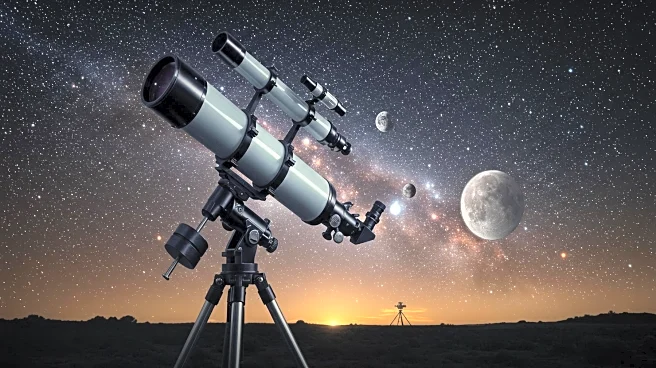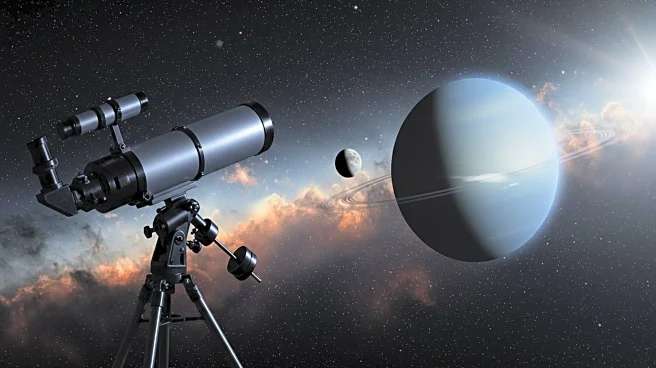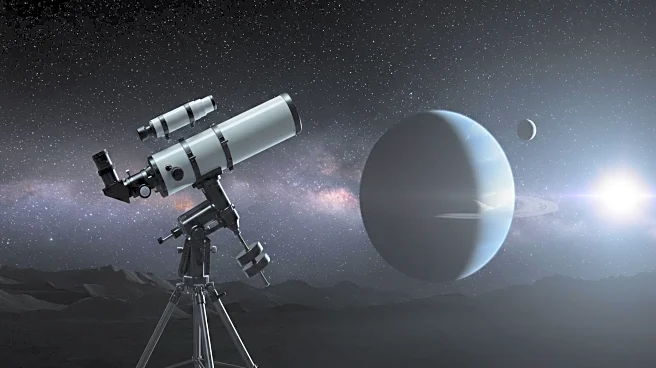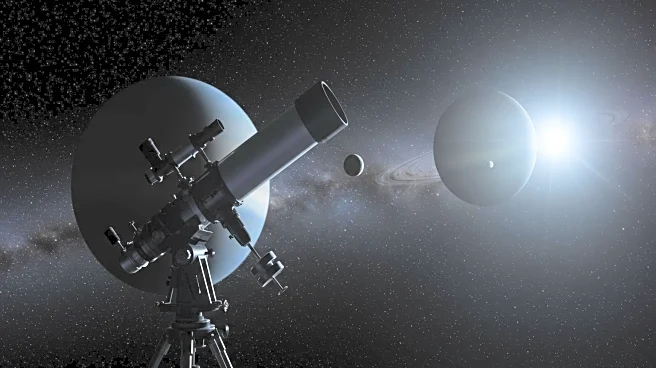Rapid Read • 6 min read
NASA's James Webb Space Telescope has identified a new moon orbiting Uranus, expanding the planet's known satellite family to 29. The moon, designated S/2025 U1, was detected using the telescope's Near-Infrared Camera during observations on February 2, 2025. This discovery highlights the telescope's ability to detect faint objects that were previously invisible to missions like Voyager 2. The moon's nearly circular orbit suggests it may have formed near its current location, providing new insights into the dynamics of Uranus's moon system.
AD
The discovery of S/2025 U1 demonstrates the James Webb Space Telescope's advanced capabilities in exploring the outer solar system. Uranus's complex system of moons and rings offers a unique opportunity to study planetary formation and evolution. This finding suggests that there may be more undiscovered moons, which could provide valuable information about the planet's history and the interactions within its ring system. The telescope's ability to detect such faint objects marks a significant advancement in astronomical research.
The newly discovered moon will be officially named by the International Astronomical Union. Further observations using the James Webb Space Telescope may uncover additional moons or features of Uranus, enhancing our understanding of its structure and evolution. This discovery may lead to new studies and missions focused on exploring Uranus and its moons, potentially offering new insights into planetary science and the dynamics of celestial bodies.
AD
More Stories You Might Enjoy











